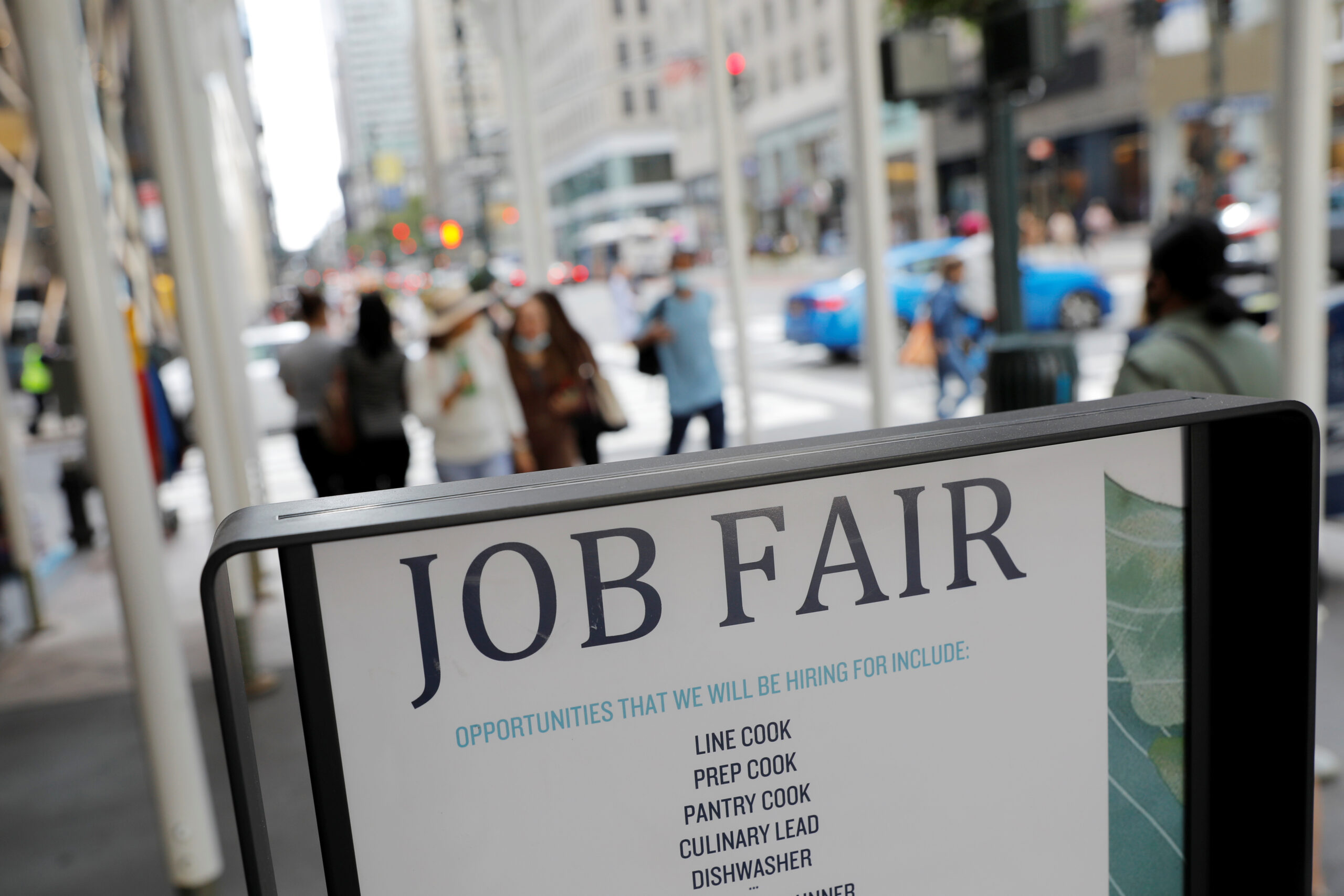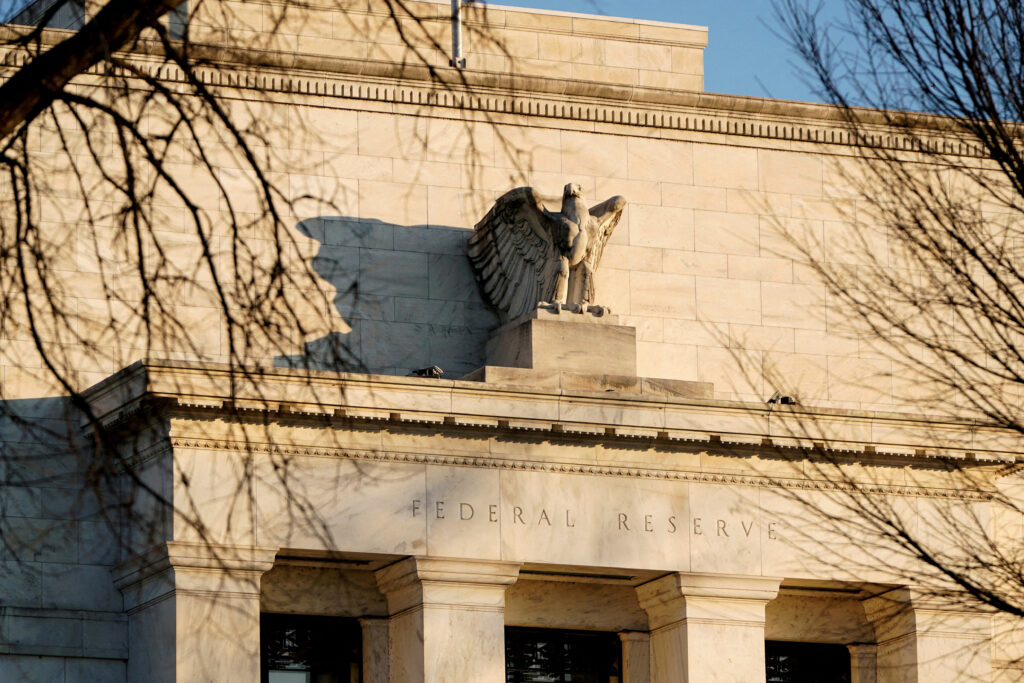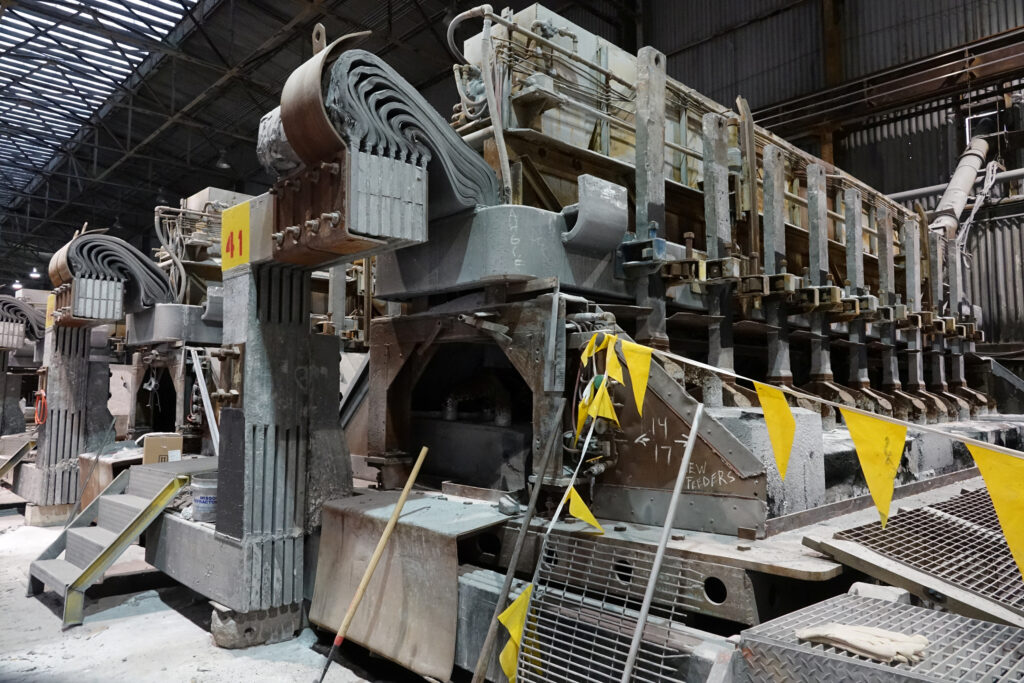WASHINGTON – U.S. employment increased less than expected in August. But a drop in the jobless rate to 4.2% suggested an orderly labor market slowdown continued and probably did not warrant a big interest rate cut from the Federal Reserve this month.
The below-expectations rise in nonfarm payrolls reported by the Labor Department on Friday likely reflected a seasonal quirk that tends to push the initial August print lower. Nonetheless, labor market momentum is slowing, with the closely watched employment report also showing the economy added 86,000 fewer jobs in June and July than previously reported.
“The labor market is cooling at a measured pace,” said Jeffrey Roach, chief economist at LPL Financial. “Businesses are still adding to payrolls but not as indiscriminately. The Fed will likely cut by 25 basis points and reserve the right to be more aggressive in the last two meetings of the year.”
Nonfarm payrolls increased by 142,000 jobs last month after a downwardly revised 89,000 rise in July, the Labor Department’s Bureau of Labor Statistics said. Economists polled by Reuters had forecast payrolls increasing by 160,000 jobs after a previously reported 114,000 gain in July.
Estimates ranged from 100,000 to 245,000 jobs.
August payrolls tend to initially print weaker relative to the consensus estimate and recent trend before being revised higher later. Hiring typically picks up in the education sector, which is anticipated by the model that the government uses to strip out seasonal fluctuations from the data.
However, the start of the new school year varies across the country, which can throw off the so-called seasonal factors. The initial August payroll counts have been revised higher in 10 of the last 13 years. Layoffs remain at historic low levels.
Employment gains last month were led by the construction sector, which added 34,000 jobs, driven by heavy and civil engineering construction and nonresidential specialty trade contractors. Healthcare payrolls increased by 31,000 jobs. But momentum has slowed, with the jobs gains about half the average monthly increase of 60,000 over the last 12 months.
Social assistance employment increased by 13,000, a smaller rise than the average monthly gain of 21,000 over the past year. There were increases in the financial activities and leisure and hospitality sectors. Government payrolls increased 24,000. But manufacturing employment dropped by 24,000.
A surge in immigration, which is partly blamed for the jump in the unemployment rate from a five-decade low of 3.4% in April 2023, now means the economy needs to create between 145,000 and 200,000 jobs per month to keep up with growth in the working-age population. Household employment rose 168,000 last month, more than absorbing the 120,000 people who entered the labor force.
That pulled the unemployment rate down from a near three-year high of 4.3% in July. The jobless rate had risen for four straight months.
Financial markets initially raised the odds of a half-point rate cut at the Fed’s September 17-18 policy meeting to above 50% before lowering them to about 43%, according to CME Group’s FedWatch Tool. The odds of a 25 basis point rate reduction were around 57%.
Trade in financial markets was choppy. U.S. Treasury yields initially fell after the data while the dollar slipped against a basket of currencies, before reversing.
Average hourly earnings increased 0.4% in August after gaining 0.2% in July. Wages increased 3.8% year-on-year after advancing 3.6% in July. Still-solid wage growth continues to underpin the economy through consumer spending.
(Source: Reuters)
Kevin Putnam is a financial journalist and editor based in New York. He specializes in editing news and analysis related to U.S. stock market. Read Full Bio










